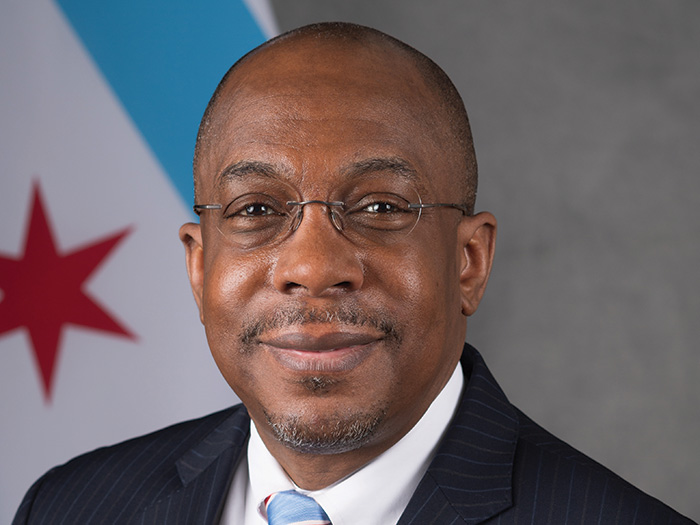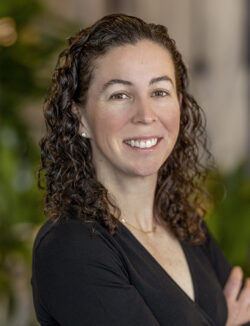Workers’ Comp Beyond the Claims: A Human-Centered Approach to Preventing Pitfalls on the Path to Recovery

So often we hear about workers’ comp claims that go wrong. Something gets missed, and things take a bad turn. These kinds of problems are familiar to anyone who works in the workers’ comp field.
Framed using this type of language — wrong, bad, problem — it’s easy to forget that at the center of every workers’ comp claim is an actual human being. While we may look at a case as an obstacle to be overcome, it’s important to remember that, for the injured person, the workers’ comp system can be intimidating at the best of times.
At the worst of times, it can allow a person to slip through the cracks.
Taking a Broader View
To emphasize the importance of keeping the injured worker’s welfare in mind — and to explore some of the many hazards they may encounter during their time in the workers’ comp system — a quartet of experts from various sectors within the field will present a session entitled “Follow the Patient Journey: Sidestep Pitfalls Throughout the Life of a Claim” at this year’s National Comp.
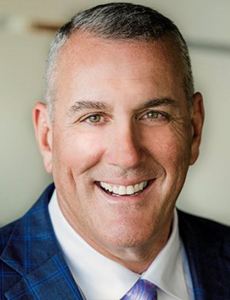
Mike Cirillo, president, myMatrixx by Evernorth
Taking place at 2:30 p.m. on Wednesday, September 20th at the Mandalay Bay Convention Center in Las Vegas, Nevada, “Follow the Patient Journey” will use the tragic story of a fictional worker to illustrate some of the preventable ways a simple claim can spiral out of control.
Moderating the discussion is Gerry Stanley, senior vice president and chief medical officer at Harvard MedTech, which uses technological innovations like virtual reality to address the biopsychosocial factors of injury and develop non-pharmacological therapies for chronic pain, anxiety, depression, PTSD and other symptoms of trauma.
Don Adams, president of Effective Health Systems, a technology and management consulting company that specializes in bringing workflow automation and intelligent decision-making solutions to the adjuster’s desk also will join the stage.
Rounding out the panel is Mike Cirillo, president of MyMatrixx by Evernorth, a pharmacy benefits manager that invests heavily in analytics to help identify risks to patient outcomes earlier; and Erica Fichter, COO and chief claims officer of Broadspire, a TPA with a comprehensive 360-degree view of the injured worker.
The presentation will be informed by a recent whitepaper showing that workers’ comp patients fare worse in surgery than other patients with the same injuries — and provide some insight into why.
“We think of the life cycle of a claim as its own thing,” said Stanley. “The problem is, the widget that we’re moving is a person. Let’s give that person a face.”
He continued: “If we can take what we do every day and go backwards through that claim, what are the points in the claim that we could have impacted that person’s life — and then, by default, the claim?”
With that in mind, the session will “really approach the claim through the lens of, ‘This is somebody’s mother. This is somebody’s daughter. This is a human being who we’re moving through this system, and we’re watching them go from a healthy, functioning adult to a deleterious endpoint. Now let’s go backwards. What could we have done along the way to save a life?”
Crucial to this narrative is the fact that the outcomes for this hypothetical worker are entirely avoidable. Rather than catastrophic injury, the panel will focus on the types of injuries that could befall virtually anyone: the kind of minor strains that even a typical office worker might sustain, and which could be quickly and safely resolved — if their case was handled well.

Don Adams, president, Effective Health Systems
Setbacks and Solutions
The pitfalls the panel will consider include “simple things like, did they get opioids?” Stanley said. “That sounds very basic, but did they get opioids? Did they get referred for surgery? Did they get referred for injections? Did they get multiple surgeries? Or was something delayed because it didn’t get pushed through? Or did they get put into a network that they didn’t want to go to?”
Crucially, the adverse events that the hypothetical patient encounters will be presented within the context of their greater journey. For pitfalls like these, there often exist technological solutions, but to be effective, they must be applied to the right problem at the right time.
“There are solutions out there,” said Adams, “and better ways of managing a claim today to allow organizations to give the injured worker that personalized attention.”
Given the diversity of their backgrounds, the panelists will speak to the topic of applying technology to workers’ comp claims using tools that range from gadgets to data analytics and artificial intelligence.
Even something as simple as the automation of paperwork processing — which can free up an adjuster’s schedule and allow them to give more time to the cases that require a little extra attention — can make a big difference.
“What could we have done throughout all of the steps of the process? How can we use technology to take away the redundant, administrative work from the adjuster’s desk so they can focus on the actual injured worker? Use technology to pick up cues of depression, anxiety, things of that nature?” Adams said.
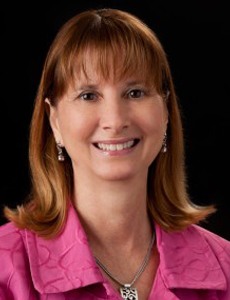
Erica Fichter, chief operating officer, medical management and accidental health, Broadspire Services Inc.
“We truly believe that 80 to 85% of claims, you can automate almost all of that with intelligent decision solutions,” Adams added. “We want adjusters focusing on the other 20%, those difficult claims, the ones that are starting to get out of control.”
This technology already exists. The difficulty now is in applying it.
“My goal for this presentation is to show the audience that these injured workers are people — these are people that we know,” Adams said. “The industry needs to get with the times, to be completely candid with you. This isn’t vaporware that we’re talking about. This isn’t futuristic technology. The tools to reimagine the work comp industry exist today and are right at our fingertips. It’s an exciting time for the industry.”
“The time to act is now,” Stanley agreed. “I think that there is an imperative for action. We spend a lot of time talking but not doing. We come to these meetings, and we all talk. The imperative is to do. We need to translate all of these technologies, all of these problems we talked about into ‘What would I do for my mother? What would I do for my wife? If my son was injured, what would I hope he receives?’”
He continued: “We’ve got this really cool panel, from technology, from drug data analytics, from the application of care with Broadspire to the medical side — really, a 360-degree view of the person that’s moving through that claim. So it’s really taking the life cycle of a claim and saying, ‘Look, instead of focusing on the claim, focus on the person. We’ll win every time when we put the patient first.’ ” &
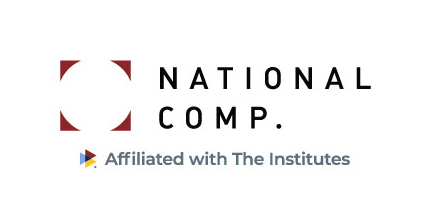 “Follow the Patient Journey: Sidestep Pitfalls Throughout the Life of a Claim” will take place on Sept. 20 at 2:30 p.m. Learn more here.
“Follow the Patient Journey: Sidestep Pitfalls Throughout the Life of a Claim” will take place on Sept. 20 at 2:30 p.m. Learn more here.






